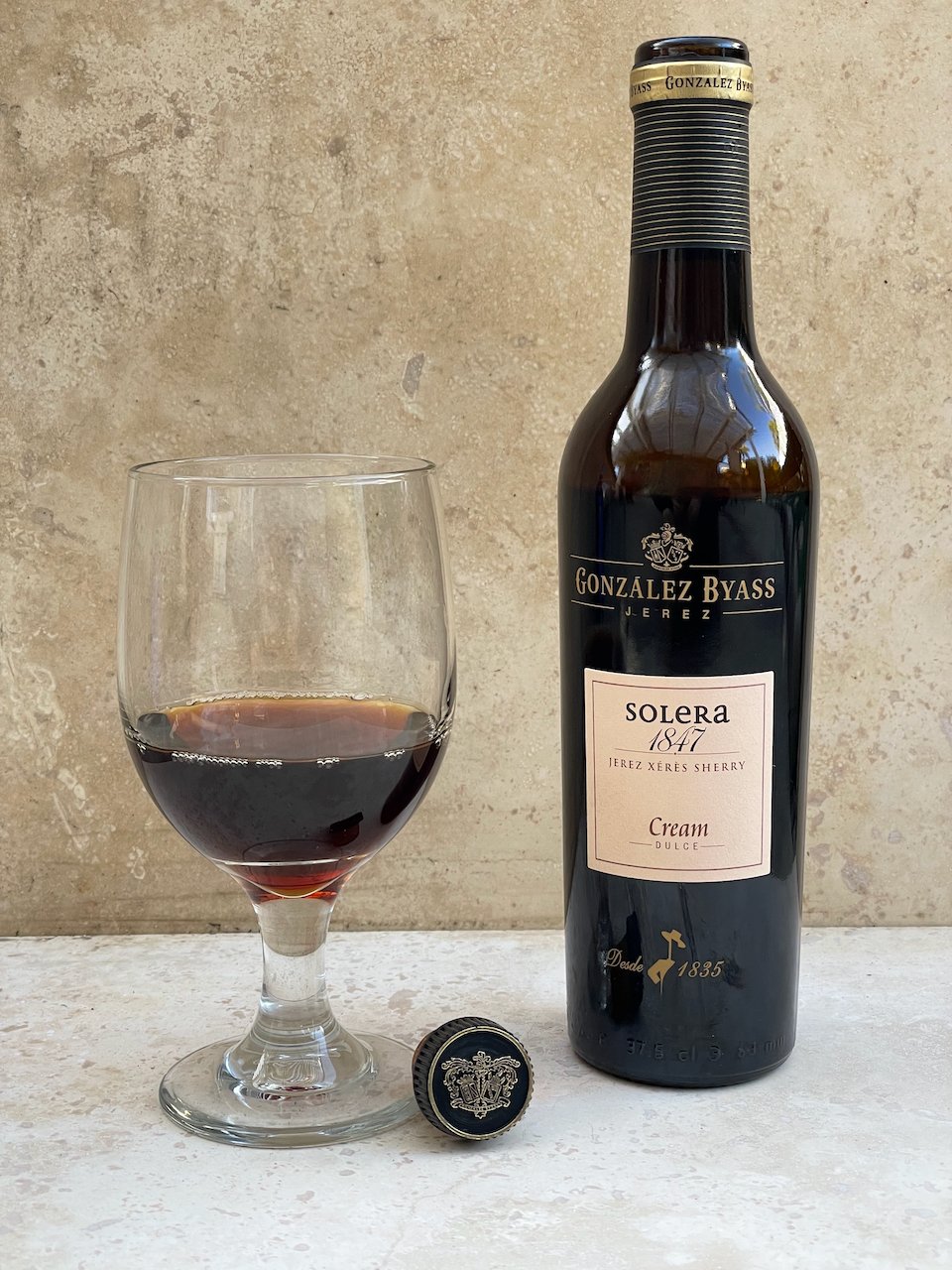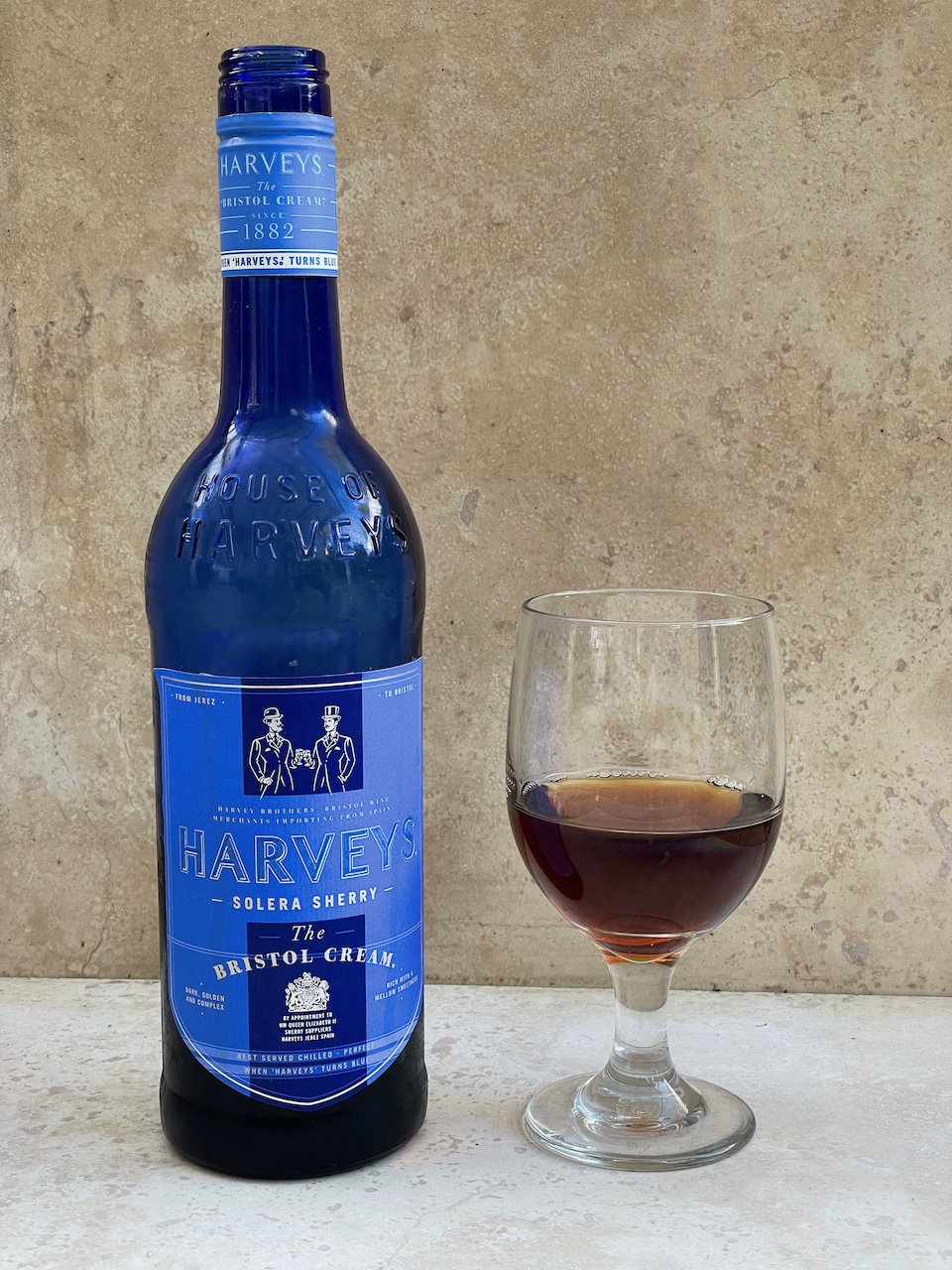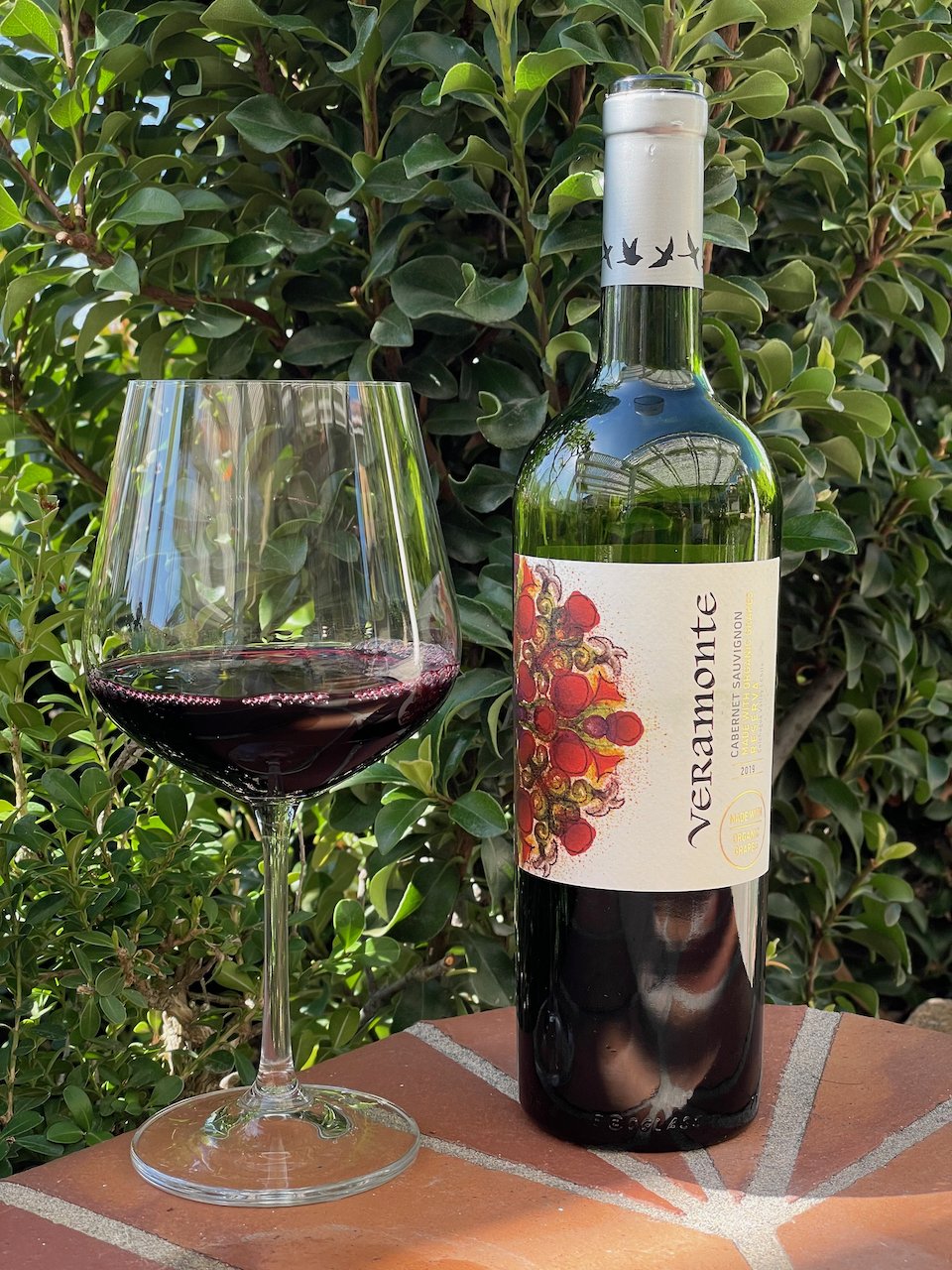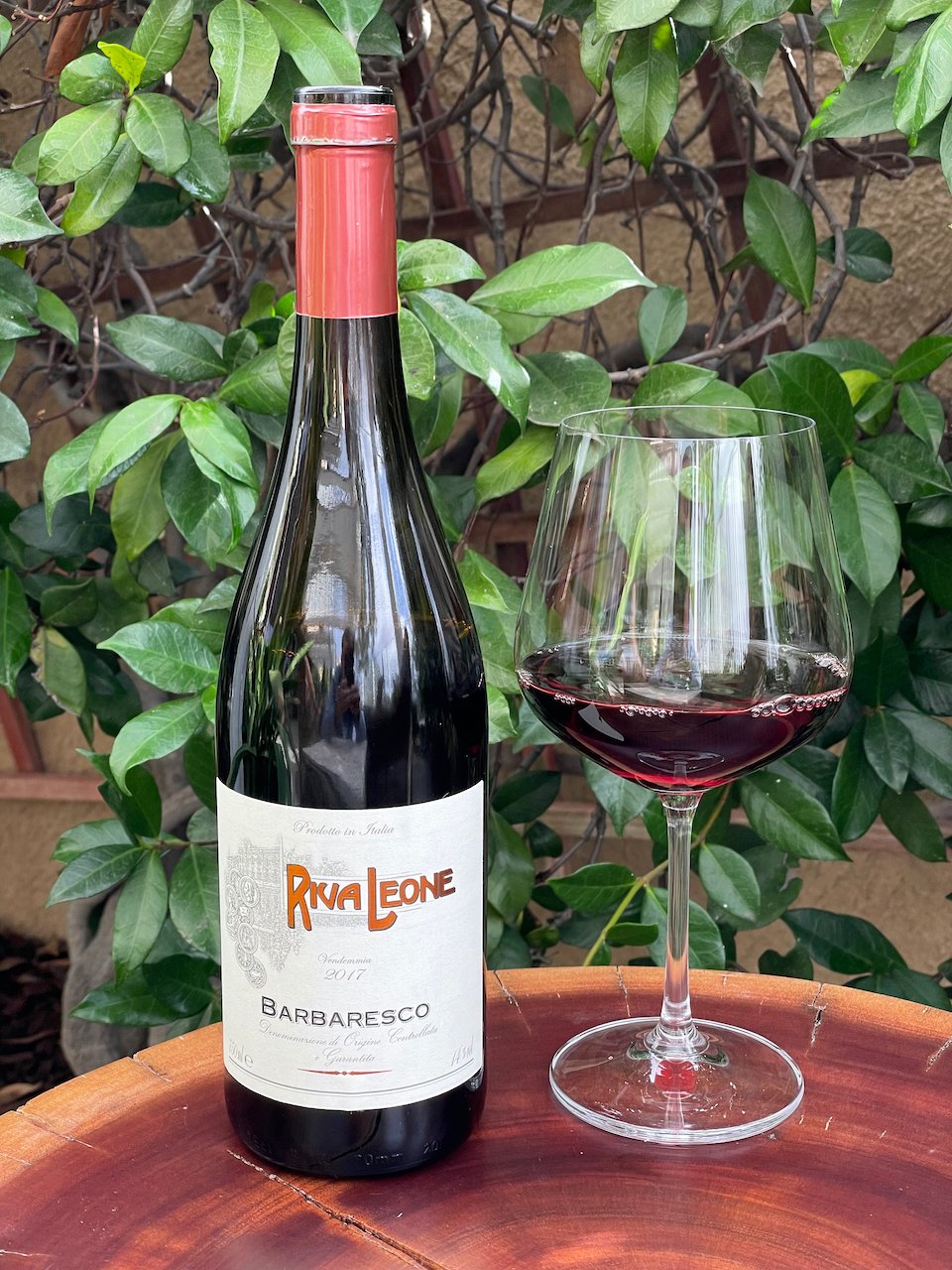In celebration of International Sherry Week (November 8-14) and, in preparation for the upcoming holidays, here are a few suggestions for some really super Sherry offerings and some pie pairing to go along with them.
Gonzalez Byass Solera 1847 Cream ($17) & Texas Two Step Pie
This Sherry is made from 75% Palomino and 25% Ximénex grapes. It is dark mahogany in color and velvety smooth. It has flavors of dried figs and raisins, with a toffee finish. Served slightly chilled.
Gonzalez Byass Alfonso Dry Oloroso ($17) & Apple Pie
This sherry is made from 100% Palomino. It has a beautiful mahogany color with a wonderful walnut aroma. This is not a sweet Sherry. It’s dry with great nutty flavor and a long smooth finish. Served slightly chilled.
Gonzalez Byass Néctar Pedro Ximenez ($17) & Cherry Pie
This Sherry is made from 100% Pedro Ximenez. It has a deep dark mahogany color. And, oh my! It’s rich and sweet and velvety smooth with flavors of caramel, dried fruits, figs, mocha, nuts and spices. It’s dessert in a glass, but also pairs well with cherry pie! Served slightly chilled.
Harveys Bristol Cream ($20) & Pecan Pie
Did you know that Harveys Bristol Cream is Sherry? It’s actually the number one selling Sherry in the world!
This Sherry is crafted from four different styles of Sherry (Fino, Amontillado, Oloroso and Pedro Ximexez) and aged between 3-20 years in the traditional Solera system.
Serve it chilled (50-55 F) to open up its rich, yet mellow flavor notes.
All four of these Sherry offerings are from Gonzalez Byass. The first three Gonzalez Byass offerings come in both 375 ml (pictured) and 750 ml bottles. The Harveys Bristol Cream, also from Gonzalez Byass, is featured in a 750 ml bottle.
Hope you get a chance to sip one of these wonderful Sherries during International Sherry Week, or anytime, and keep these amazing pie-pairing in mind as you do. Cheers!
Disclosure of Wine Sample Submission: I received these samples at no cost for review. The opinions expressed are entirely my own.
Samples Provided by Donna White Communications












